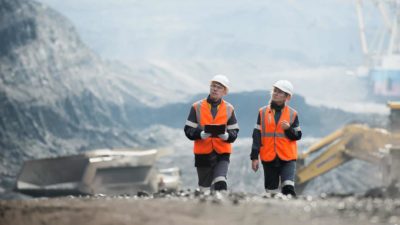2020 was not a great year as far as the Woodside Petroleum Limited (ASX: WPL) share price is concerned.
Shares in the Aussie oil and gas giant are down 33.1% ahead of the final trading day of the year. That's despite the Woodside share price climbing 31.6% higher since the end of October to close out 2020 in strong fashion.
So, what's been causing the share price slump for oil and gas giants like Woodside this year?
Why the Woodside share price has cratered in 2020
The coronavirus pandemic has dominated headlines and market movements all year. Oil and gas stocks slumped in the March bear market as COVID-19 shutdowns crimped demand for base commodities.
The Woodside share price fell more than 50 percent in the space of one month. That was largely thanks to global travel and manufacturing coming to a grinding halt.
Crude oil prices are sensitive to supply and demand factors around the world. Governments around the world quickly shut borders and tightened trade to help minimise the economic and health impacts of COVID-19.
That sent oil prices plummeting lower as supply remained largely unaffected but demand slumped. The Woodside share price fell to a 52-week low of $14.93 having traded at $36.28 in mid-January.
Woodside was far from alone, with other ASX oil and gas shares also falling. The Beach Energy Ltd (ASX: BPT) share price is down 27.6% to $1.82 while Santos Ltd (ASX: STO) shares are down 22.8% to $6.35.
Despite big falls in 2020, all three companies remain in the S&P/ASX 200 Index (ASX: XJO) at year-end. Woodside still boasts a $22.2 billion market capitalisation with Santos ($13.2 billion) and Beach ($4.2 billi0n) not far behind.
Foolish takeaway
2020 was a tough year for investors in ASX oil and gas shares. The Woodside share price cratered in March before recovering strongly in November and December.
All eyes will be on these large producers as investors look ahead to 2021.







